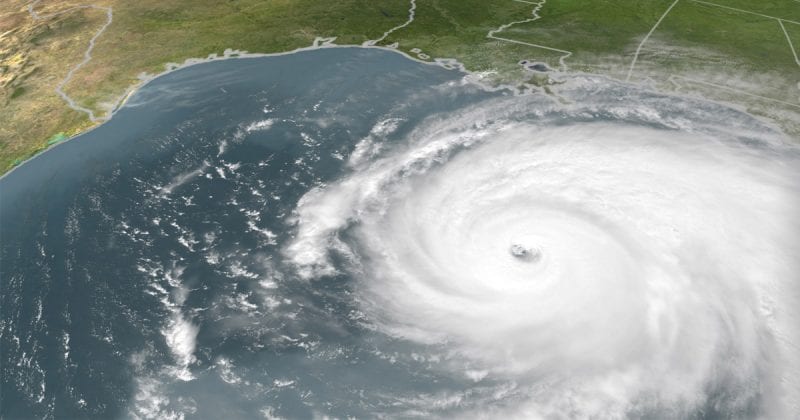Main
Navigating the Weather Conditions at Malta International Airport
Knowing Malta
Discover how weather conditions impact Malta International Airport. From strong winds to fog and heavy rain, explore the challenges faced and measures taken to ensure safe operations. Learn how the airport manages disruptions and keeps passengers informed, ensuring a seamless travel experience.
Malta International Airport serves as the main gateway to the beautiful Mediterranean island of Malta, attracting a significant number of tourists and business travelers every year. However, like any other airport, it is subject to the influence of weather conditions that can impact flight operations and passenger experiences. Understanding the unique weather patterns in Malta and their effects on the airport is crucial for both travelers and aviation professionals. In this article, we will delve into the climate of Malta, explore the potential weather challenges faced by Malta International Airport, and shed light on the measures taken to ensure safe and efficient operations.
Climate Overview
Situated in the central Mediterranean Sea, Malta experiences a Mediterranean climate characterized by mild winters and hot, dry summers. The country enjoys long hours of sunshine throughout the year, making it a popular tourist destination. The annual rainfall in Malta is relatively low, with most precipitation occurring between October and March. Summers are typically rain-free, but occasional thunderstorms can develop, providing temporary relief from the scorching heat.
Weather Challenges at Malta International Airport
Despite its generally favorable climate, Malta International Airport is not immune to weather-related challenges that can impact operations. Strong winds, especially during the winter months, can occasionally disrupt flights and require adjustments in landing and takeoff procedures. The airport's exposed coastal location makes it susceptible to gusts that can exceed safe operational limits.
During the autumn and winter seasons, the airport may also experience heavy rain and thunderstorms. While rainfall in Malta is generally moderate, intense downpours can result in localized flooding and reduced visibility. In such cases, flights may be delayed or diverted until conditions improve.
Another significant weather concern at Malta International Airport is the presence of fog. Dense fog occasionally blankets the island, reducing visibility and necessitating the implementation of specialized procedures to ensure safe aircraft movements. Fog can cause delays and cancellations as pilots and air traffic controllers must exercise caution and adhere to strict guidelines for takeoff, landing, and taxiing.
Mitigating Weather-Related Disruptions
Malta International Airport recognizes the importance of effectively managing weather-related disruptions to maintain the highest standards of safety and efficiency. The airport's operations team closely monitors weather forecasts and collaborates with meteorological experts to anticipate potential issues and develop proactive strategies.
To mitigate the impact of strong winds, the airport adheres to strict wind speed limits for takeoffs and landings. Air traffic controllers work closely with pilots to ensure safe operations during gusty conditions. Furthermore, the airport maintains an ongoing communication network with other European airports, allowing for coordinated decision-making and potential diversions when necessary.
During periods of heavy rain or thunderstorms, the airport's ground staff and maintenance teams remain vigilant to promptly address any issues such as water accumulation on runways or flooded areas. This ensures that the airport is ready to resume operations as soon as conditions improve. Additionally, the airport has invested in state-of-the-art drainage systems to minimize the impact of heavy rainfall on operations.
In the case of fog, Malta International Airport relies on advanced instrument landing systems (ILS) and runway lighting technology to guide aircraft safely during reduced visibility. Pilots are trained in the specific procedures necessary for foggy conditions, including the use of specialized instruments and approaches. These measures help minimize disruptions caused by fog and maintain the flow of air traffic.
Passenger Comfort and Awareness
Malta International Airport strives to prioritize passenger comfort and ensure their awareness during weather-related disruptions. The airport provides regular updates on flight statuses through various channels, including its official website, mobile applications, and information displays throughout the terminals. Passengers are encouraged to check these platforms frequently for the latest information on delays, diversions, and rescheduled flights.
Moreover, the airport has modernized its facilities to provide comfortable and accommodating spaces for travelers during extended delays. Comfortable seating areas, dining options, and entertainment facilities are available to help passengers stay comfortable and engaged while awaiting their flights. Information desks staffed by knowledgeable personnel are also readily available to address any concerns or queries.

